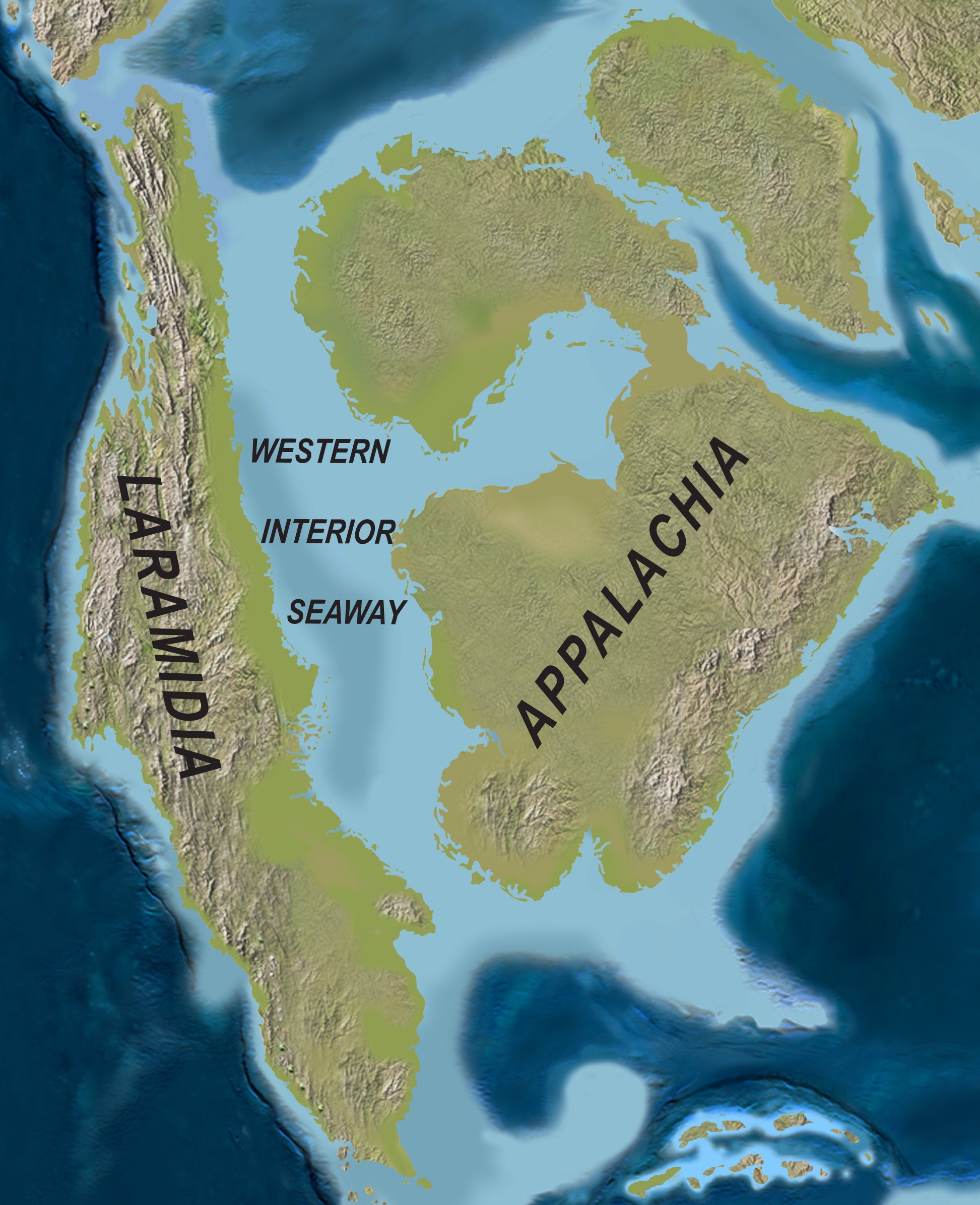A moraine is a landform composed of an accumulation of sediment deposited by or from a glacier and possessing a form independent of the terrain beneath it. Given its history of glaciations (see Geological History of Canada), Canada is home to numerous moraines.

Description
Moraines are composed primarily of till, an unsorted mixture of clay, silt, sand, pebbles, cobbles and boulders, deposited directly from a glacier.
Moraines are classified according to their form, origin and position (see Glaciation). End (terminal), lateral, medial and recessional moraines, composed of ridges of till, are commonly associated with valley glaciers in mountainous areas. Well-developed examples are present on or near the Athabasca Glacier in Jasper National Park.
The ice sheets that covered much of Canada during the Ice Age produced end, interlobate, hummocky (knob and kettle) ground and a variety of transverse moraines (cross-valley, ribbed, washboard, De Geer, push and recessional) in many parts of the country.
Interlobate moraines, such as the Oak Ridges moraine north of Toronto, were formed between two advancing tongues of an ice sheet. Hummocky moraines, composed of irregularly spaced knobs and mounds of till formed by melting glaciers, cover much of the Canadian prairie. Transverse moraines were commonly formed at or near the margin of a glacier terminating on land or in a lake or ocean. Good examples of cross-valley moraines are found along the shores of Hudson Bay and in Labrador.

 Share on Facebook
Share on Facebook Share on X
Share on X Share by Email
Share by Email Share on Google Classroom
Share on Google Classroom



